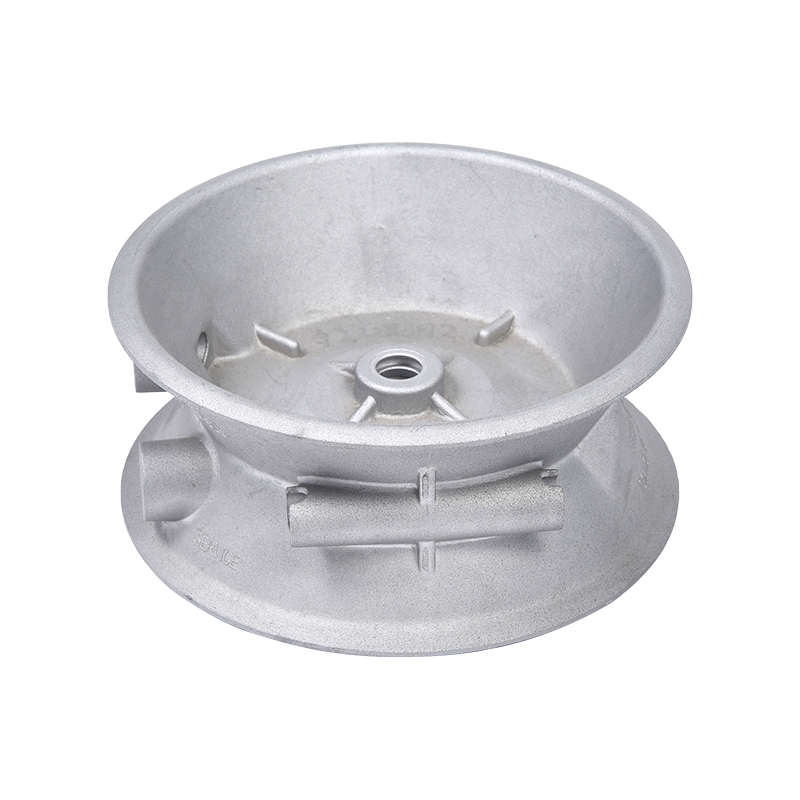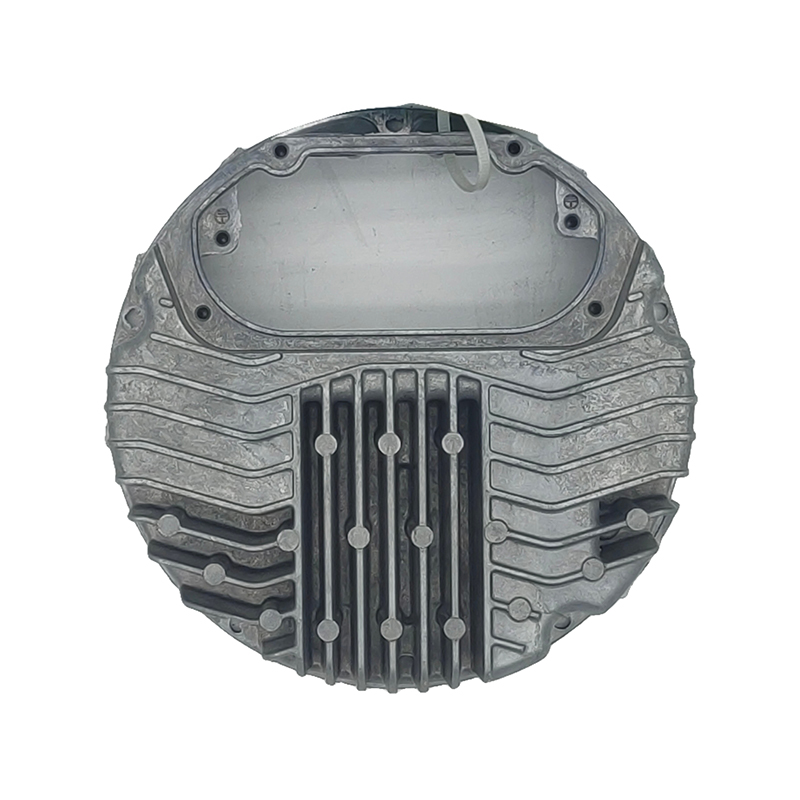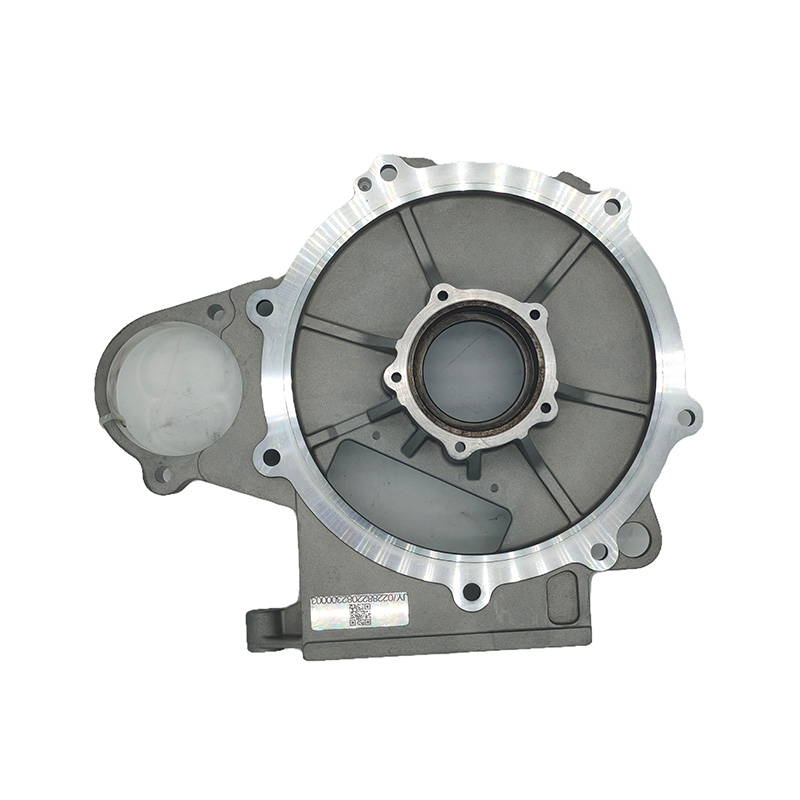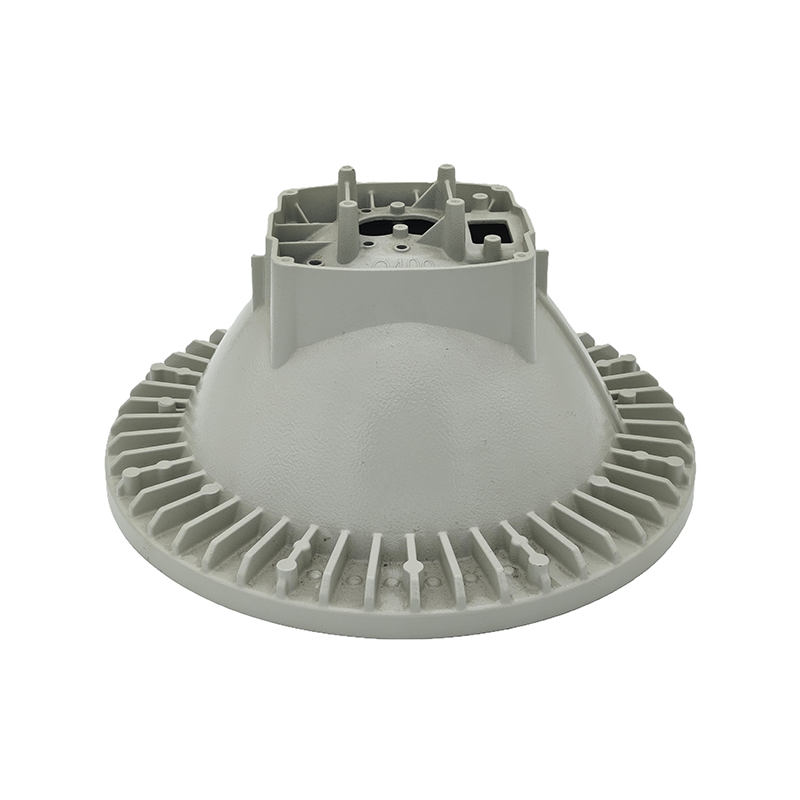1. Introduction: The Evolution of Metal Casting
Metal casting has been one of the most fundamental manufacturing processes for centuries. From simple tools to complex automotive and aerospace components, casting allows molten metal to take shape in reusable molds.
However, as industries have evolved, the demand for higher precision, faster production speeds, and lightweight materials has grown rapidly.
Among all existing casting techniques — including sand casting, investment casting, and gravity casting — aluminum die casting stands out as the most efficient, accurate, and cost-effective solution for high-volume production.

2. What Is Aluminum Die Casting?
Aluminum die casting is a metal-forming process that injects molten aluminum alloy into a steel mold cavity under high pressure (typically between 10–175 MPa). After the molten metal cools and solidifies, the mold opens, and the finished part is ejected.
This process is capable of creating complex, high-precision components with excellent surface finishes — often requiring minimal machining afterward.
Key Features of Aluminum Die Casting:
- High dimensional accuracy: parts with tolerances as tight as ±0.1 mm
- Smooth surface finish: ideal for painting, anodizing, or powder coating
- Excellent strength-to-weight ratio: aluminum alloys combine lightness with durability
- Suitable for mass production: cycle times as short as 30–60 seconds per part
The process uses reusable steel dies, making it perfect for large-scale, consistent production runs — something other casting methods often struggle to achieve.
3. Comparing Aluminum Die Casting vs Other Metal Casting Methods
To better understand why aluminum die casting outperforms other casting processes, let’s compare it directly to sand casting, investment casting, and gravity casting in terms of precision, production speed, cost, and finish quality.
| Casting Method | Precision | Production Speed | Surface Finish | Cost Efficiency | Typical Use |
|---|---|---|---|---|---|
| Aluminum Die Casting | (Very High) | (Fast) | (Smooth) | (High Volume Savings) | Automotive, Electronics |
| Sand Casting | (Low) | (Slow) | (Rough) | (Low Tooling Cost) | Large Parts, Prototypes |
| Investment Casting | (High) | (Medium) | (Excellent) | (Expensive) | Aerospace, Jewelry |
| Gravity Casting | (Moderate) | (Slow) | (Moderate) | (Moderate) | Structural Components |
As shown in the table, aluminum die casting provides the best balance of accuracy, speed, and cost for most industrial applications.
4. Why Aluminum Die Casting Is Better
1. Lightweight and Strong
Aluminum is a naturally lightweight metal with an excellent strength-to-weight ratio. This makes die-cast aluminum parts ideal for industries where reducing weight is critical — such as automotive, aerospace, and electronics — without sacrificing mechanical strength.
2. High Dimensional Accuracy
Thanks to the high-pressure injection process, aluminum die casting produces components with tight tolerances and complex geometries that are difficult or impossible to achieve with sand or gravity casting.
This reduces or even eliminates the need for machining and secondary finishing.
3. Excellent Thermal and Electrical Conductivity
Aluminum’s natural conductive properties make it perfect for applications such as heat sinks, LED housings, and electronic enclosures, where efficient heat dissipation and current flow are essential.
4. Superior Surface Finish
Unlike sand or investment cast parts that require polishing, aluminum die-cast surfaces are naturally smooth and ready for finishing processes like painting, powder coating, or anodizing.
5. Cost-Effective for High Volume Production
While the initial tooling investment can be higher than other methods, the per-unit cost drops significantly for large production volumes. Once the die is made, each part can be produced quickly and consistently, making it one of the most economical solutions for mass manufacturing.
5. Environmental and Sustainability Benefits
One of the biggest advantages of aluminum die casting is its sustainability.
- Recyclability: Up to 95% of aluminum used in die casting can be recycled without losing mechanical properties.
- Energy Efficiency: Producing recycled aluminum requires only 5% of the energy needed for new aluminum production.
- Reduced Waste: The closed-loop die casting process minimizes metal waste and scrap.
As industries move toward greener manufacturing, aluminum die casting aligns perfectly with environmental goals and circular economy principles.
6. Applications Across Industries
Automotive Industry
- Engine blocks, transmission housings, wheels, and brackets
- Lightweight parts improve fuel efficiency and reduce emissions
Electronics Industry
- Heat sinks, connector housings, and smartphone enclosures
- Excellent thermal management and electrical conductivity
Aerospace Industry
- Structural components and lightweight housings
- Reduces aircraft weight without compromising strength
Consumer & Industrial Products
- Power tools, machinery parts, and appliance bodies
- High aesthetic quality and corrosion resistance
Aluminum die casting’s versatility and scalability make it one of the most widely used manufacturing processes across multiple industries today.

 English
English Español
Español Deutsch
Deutsch русский
русский







